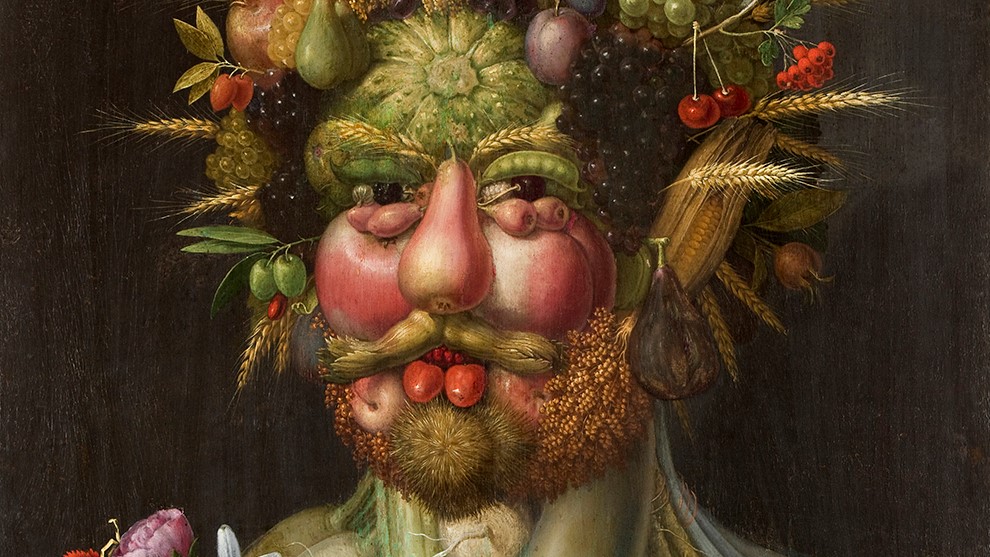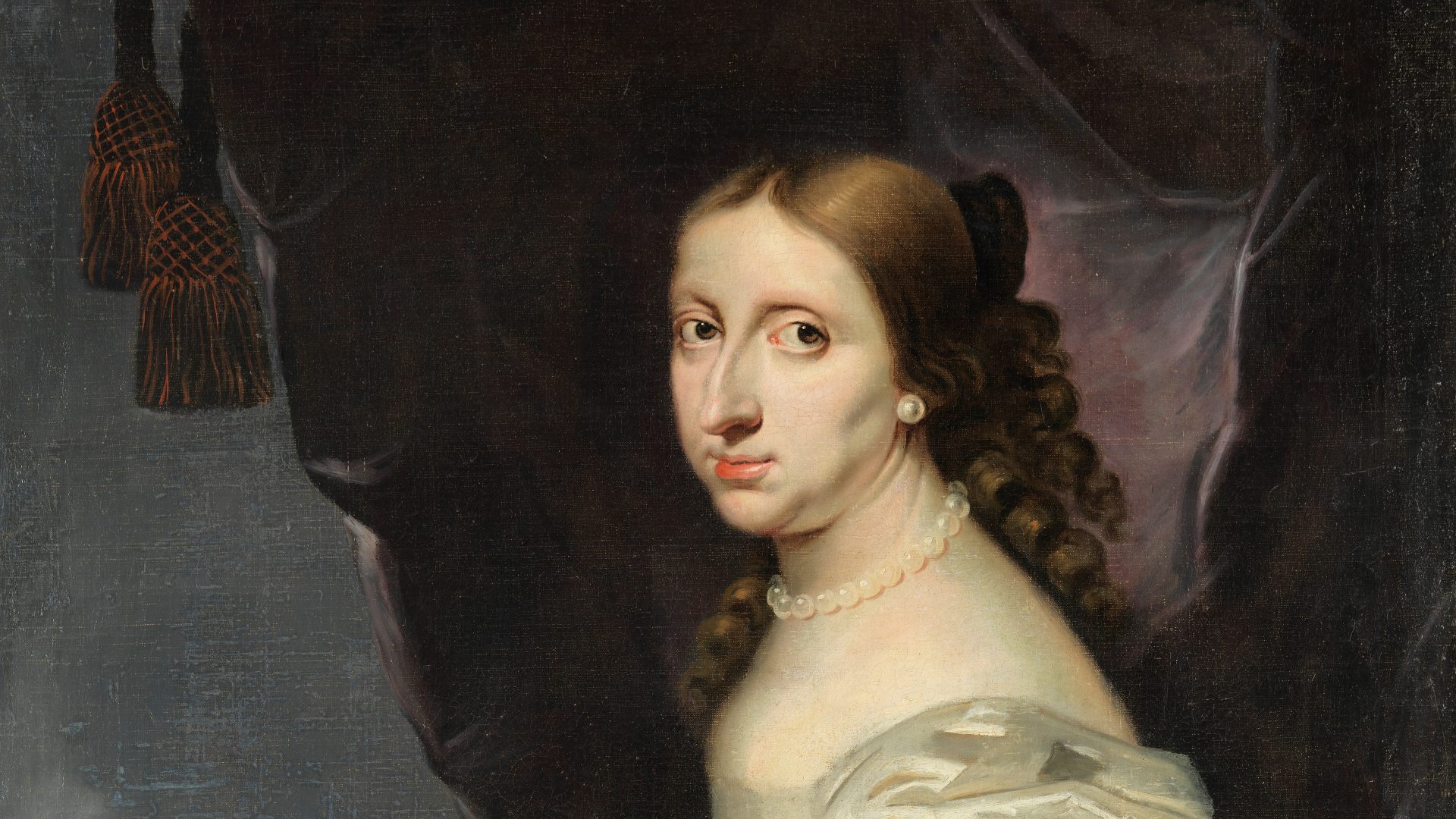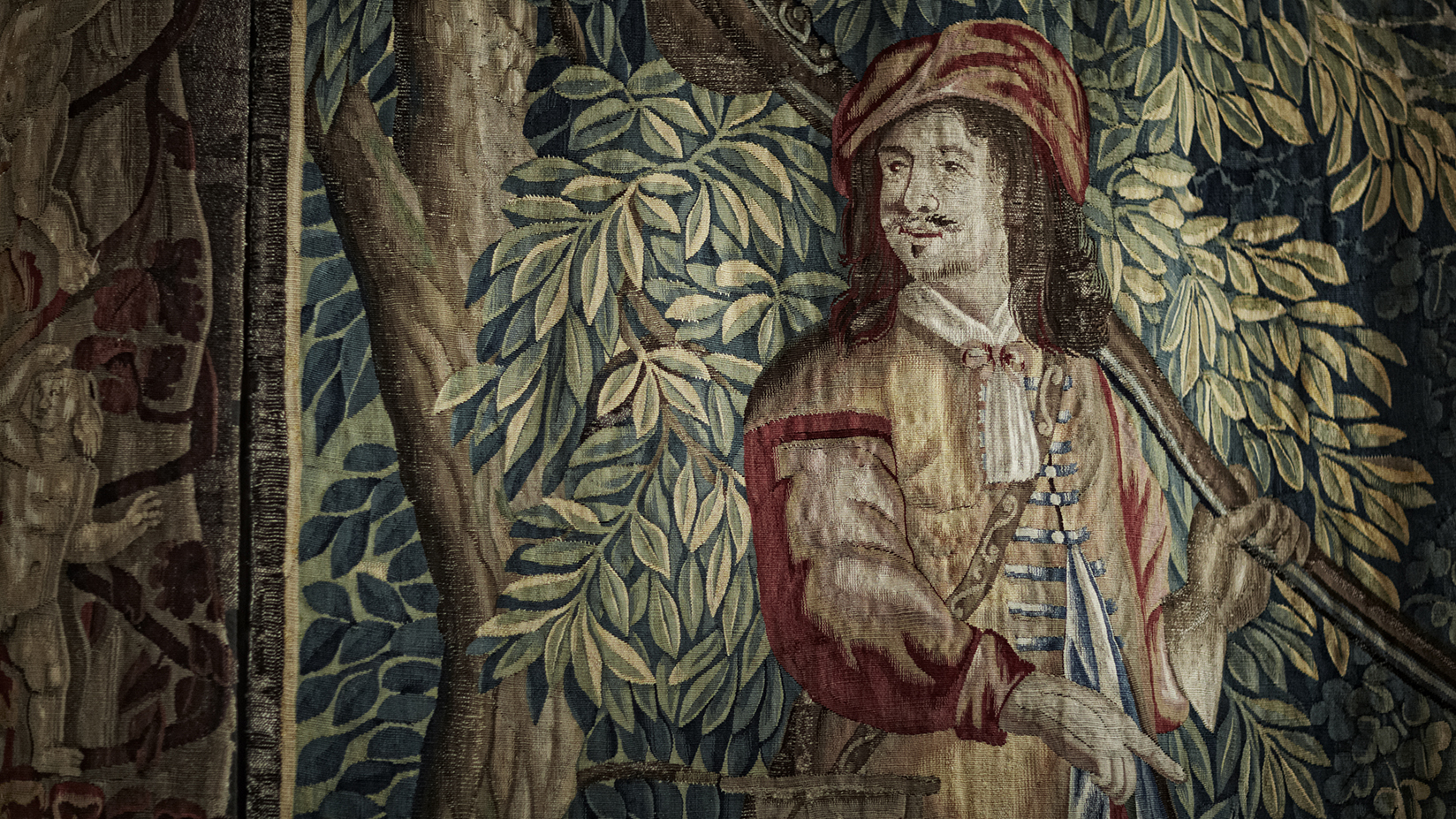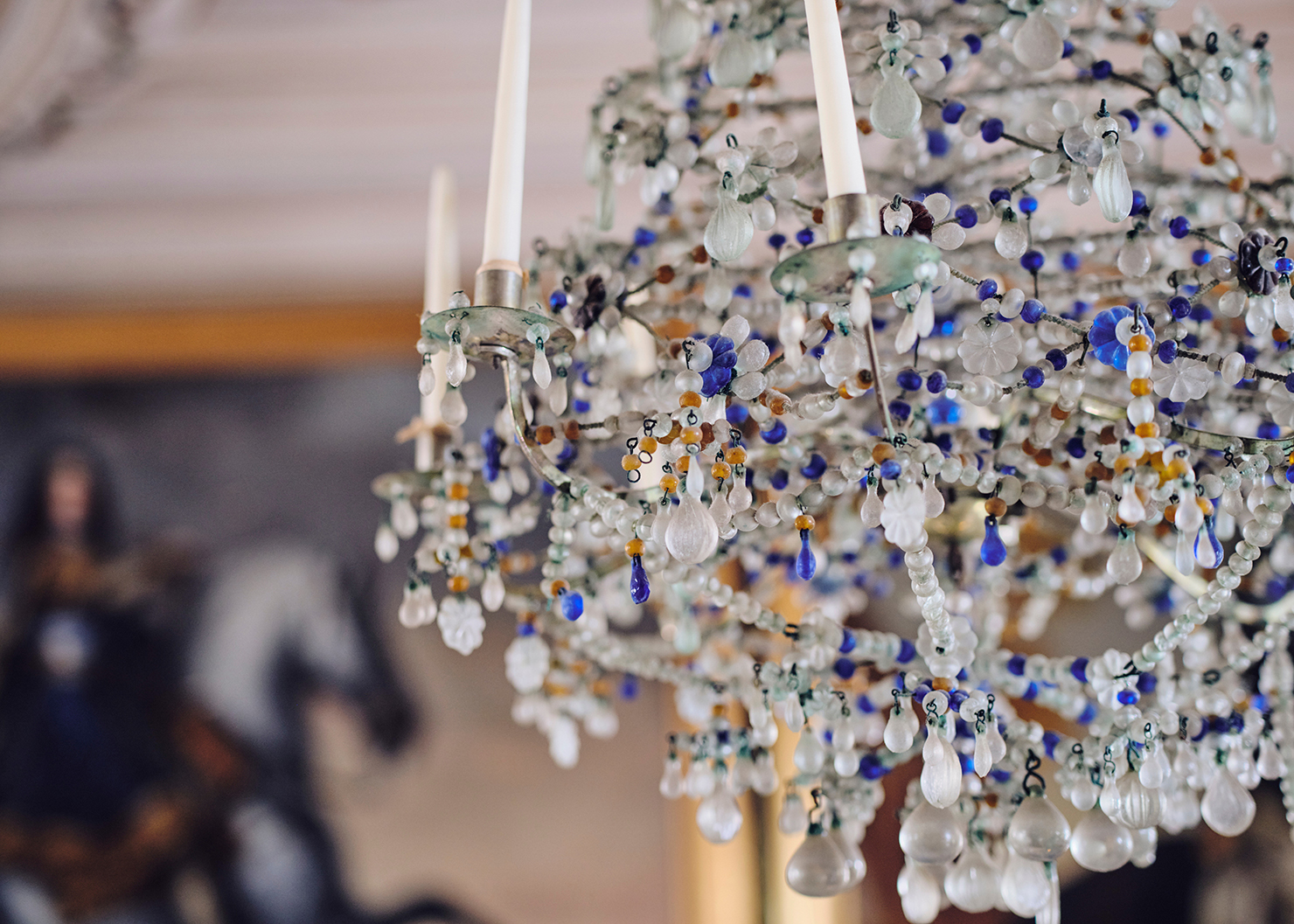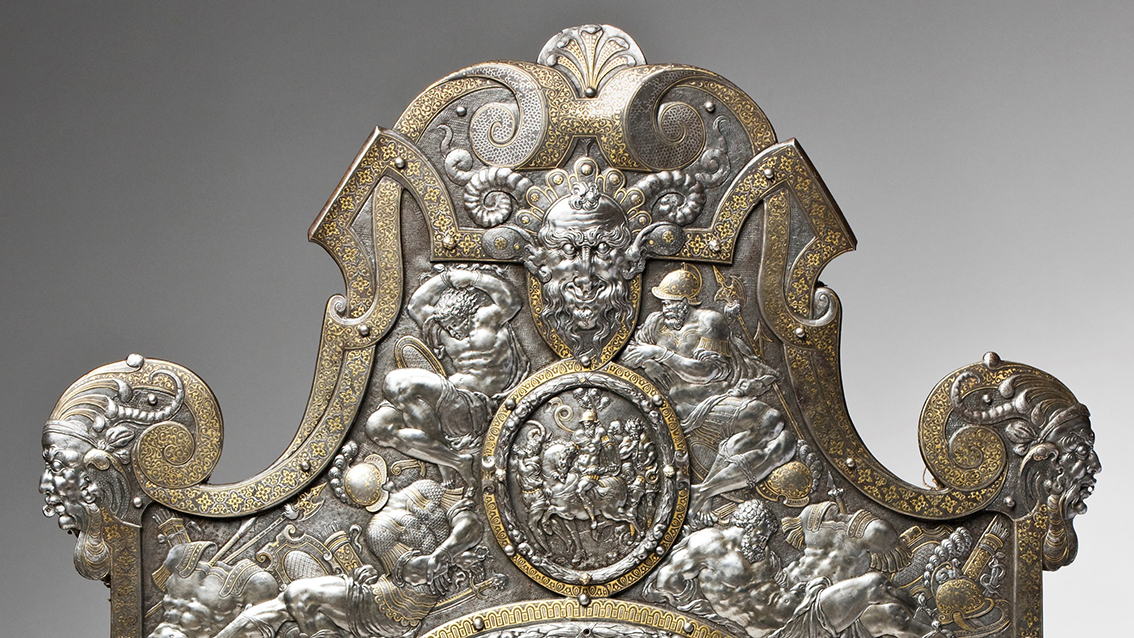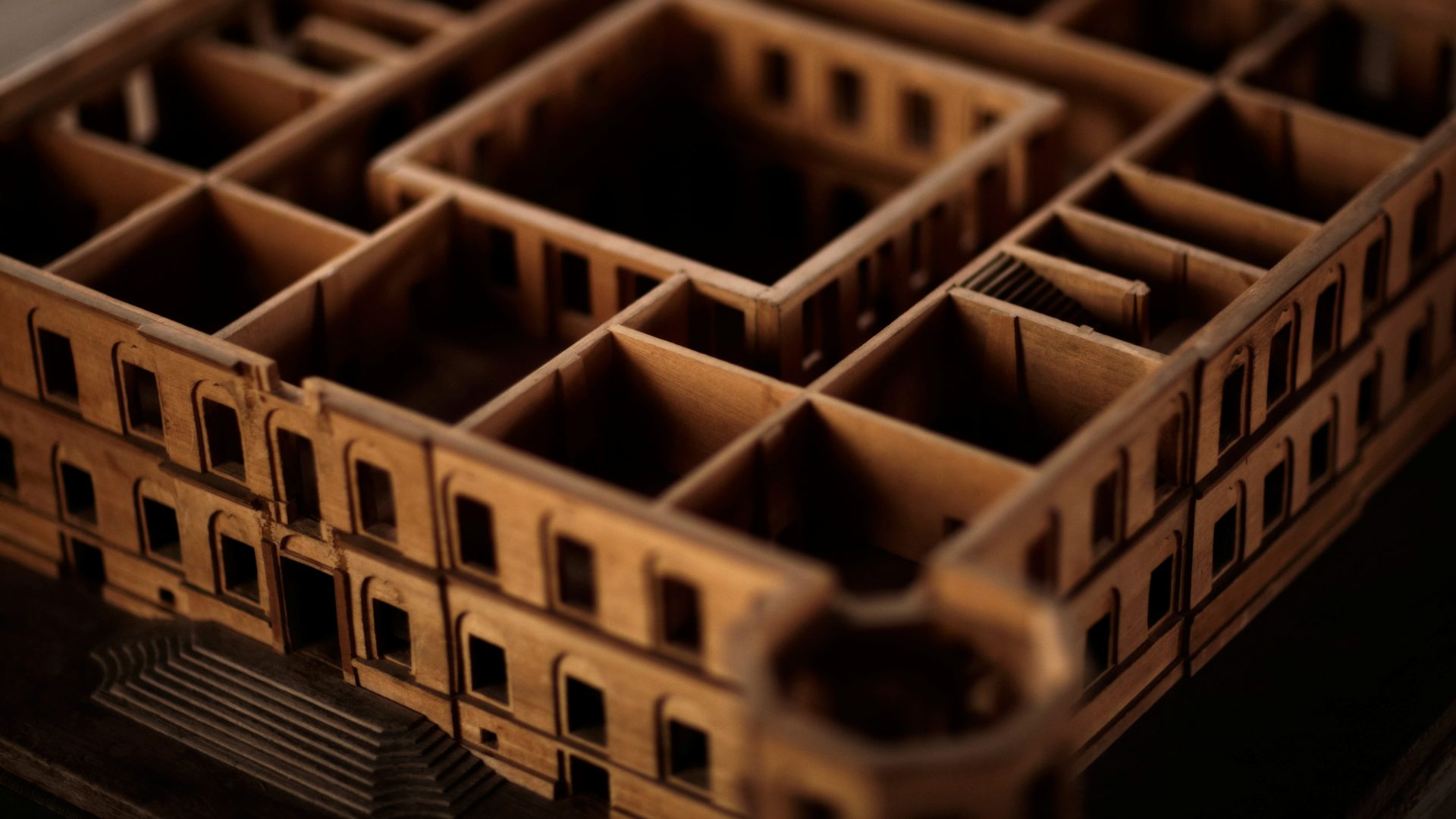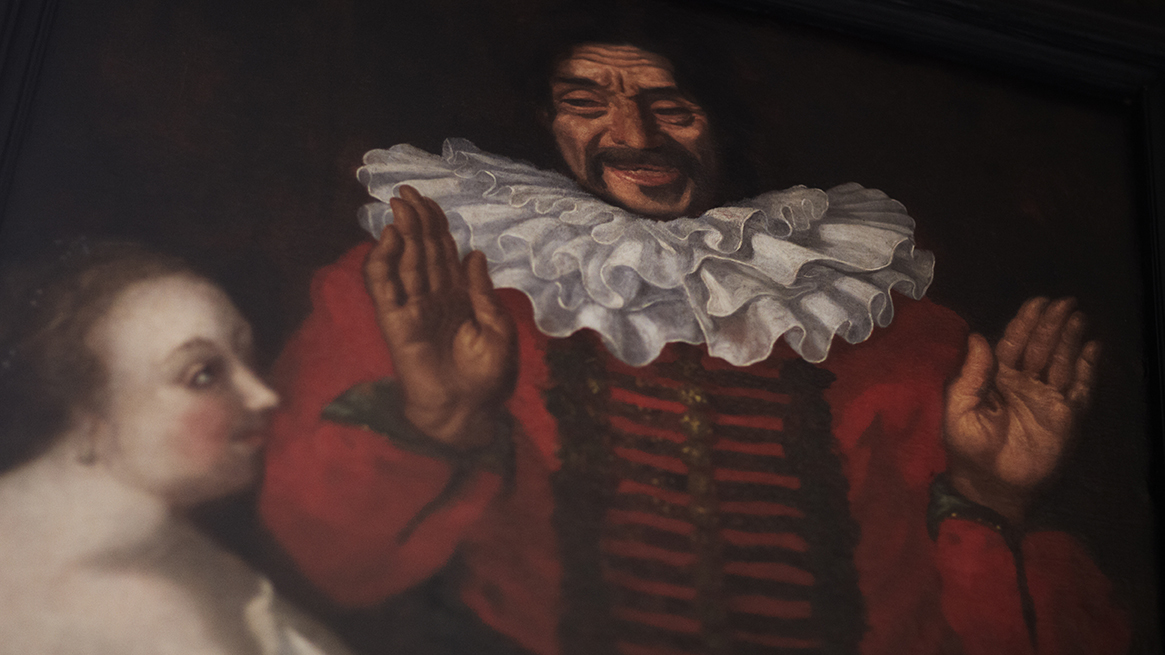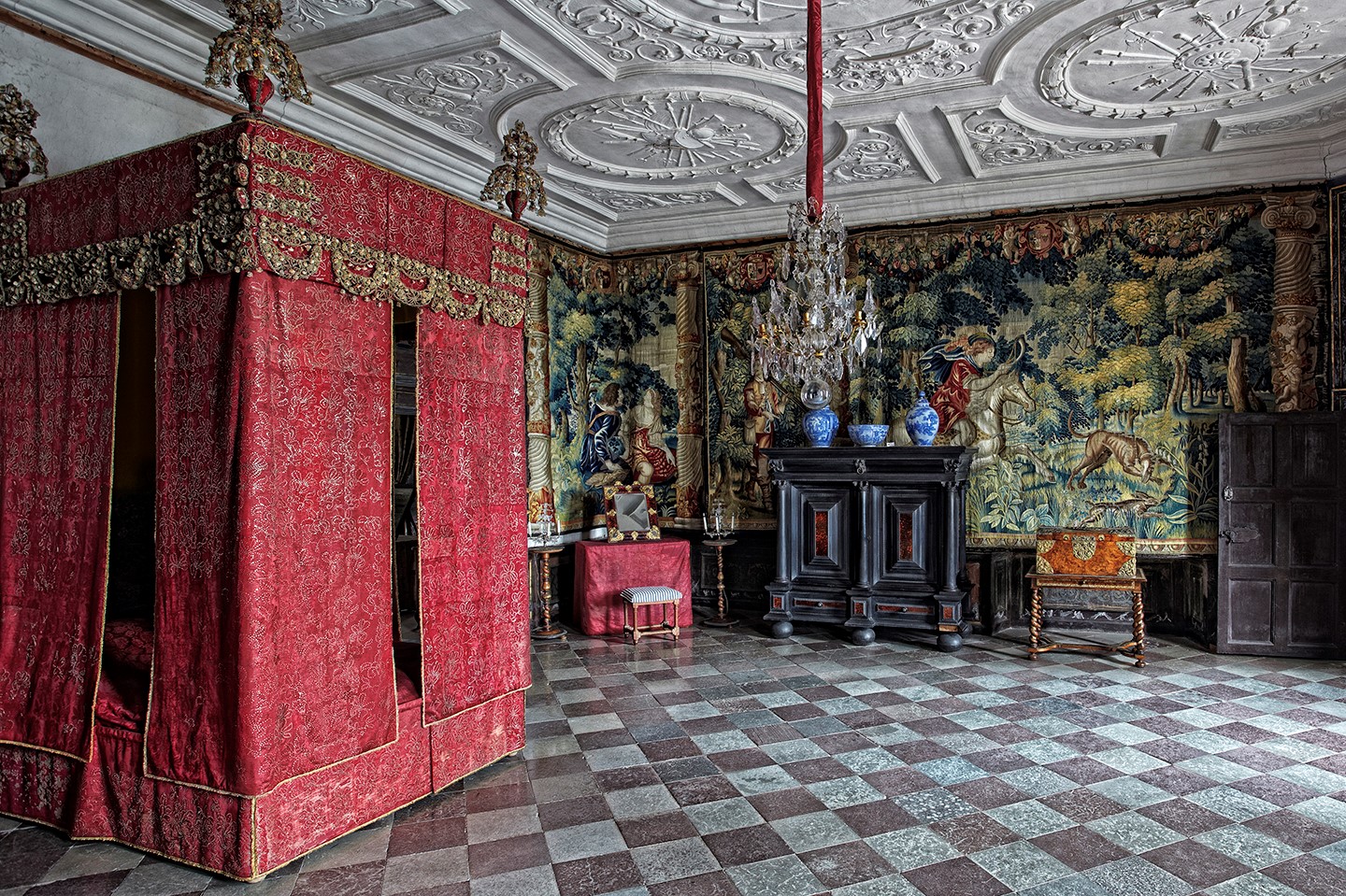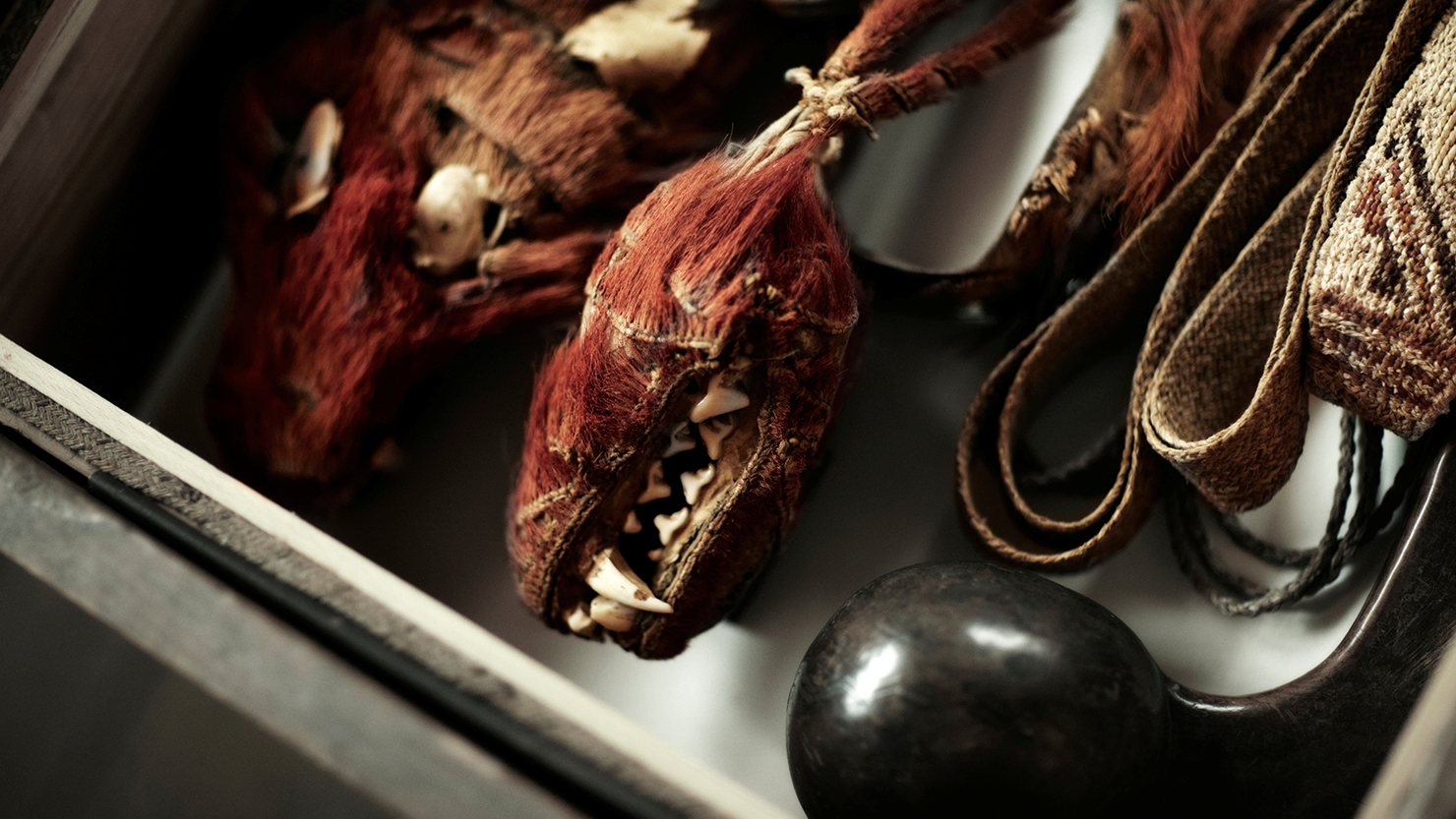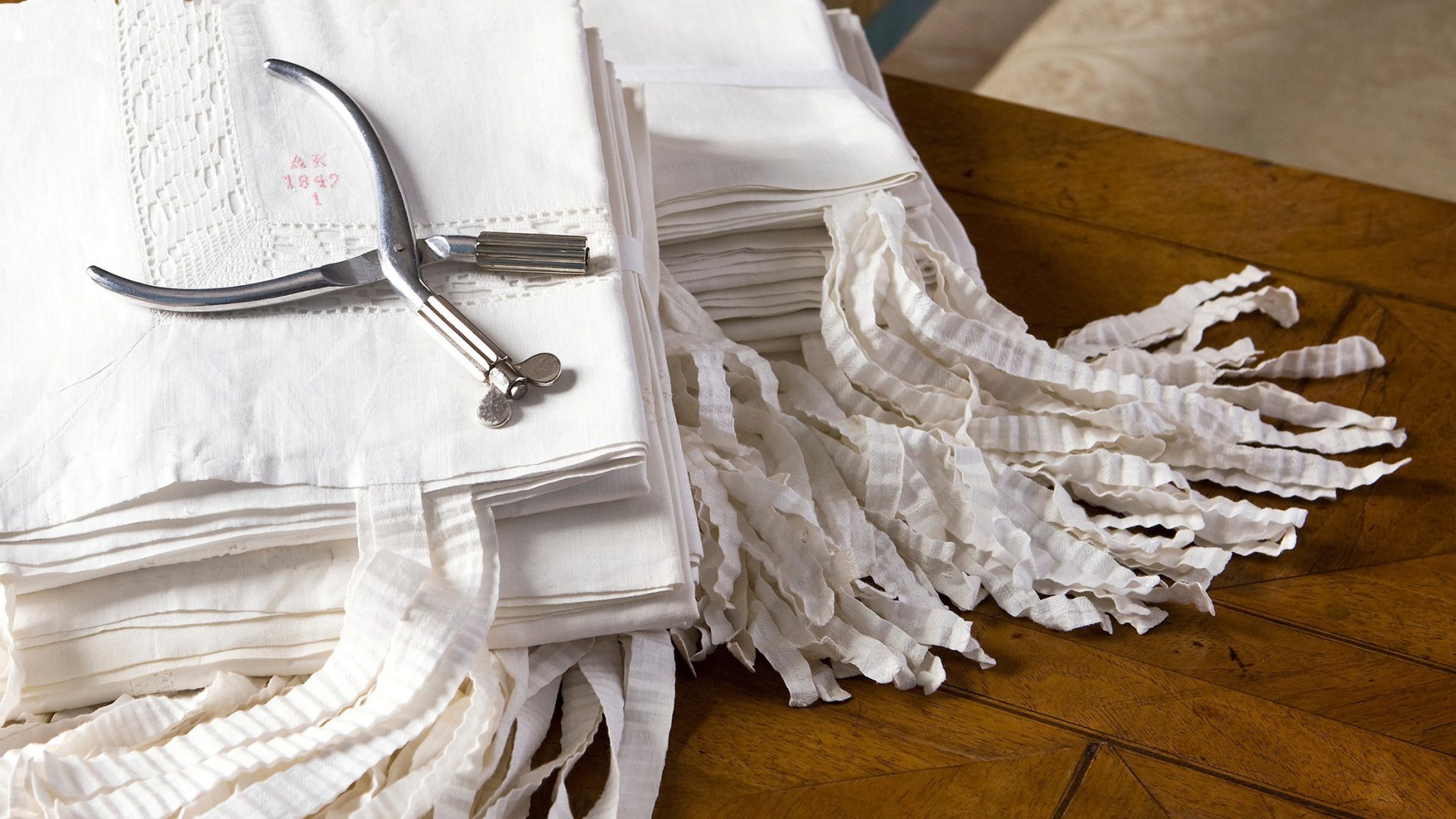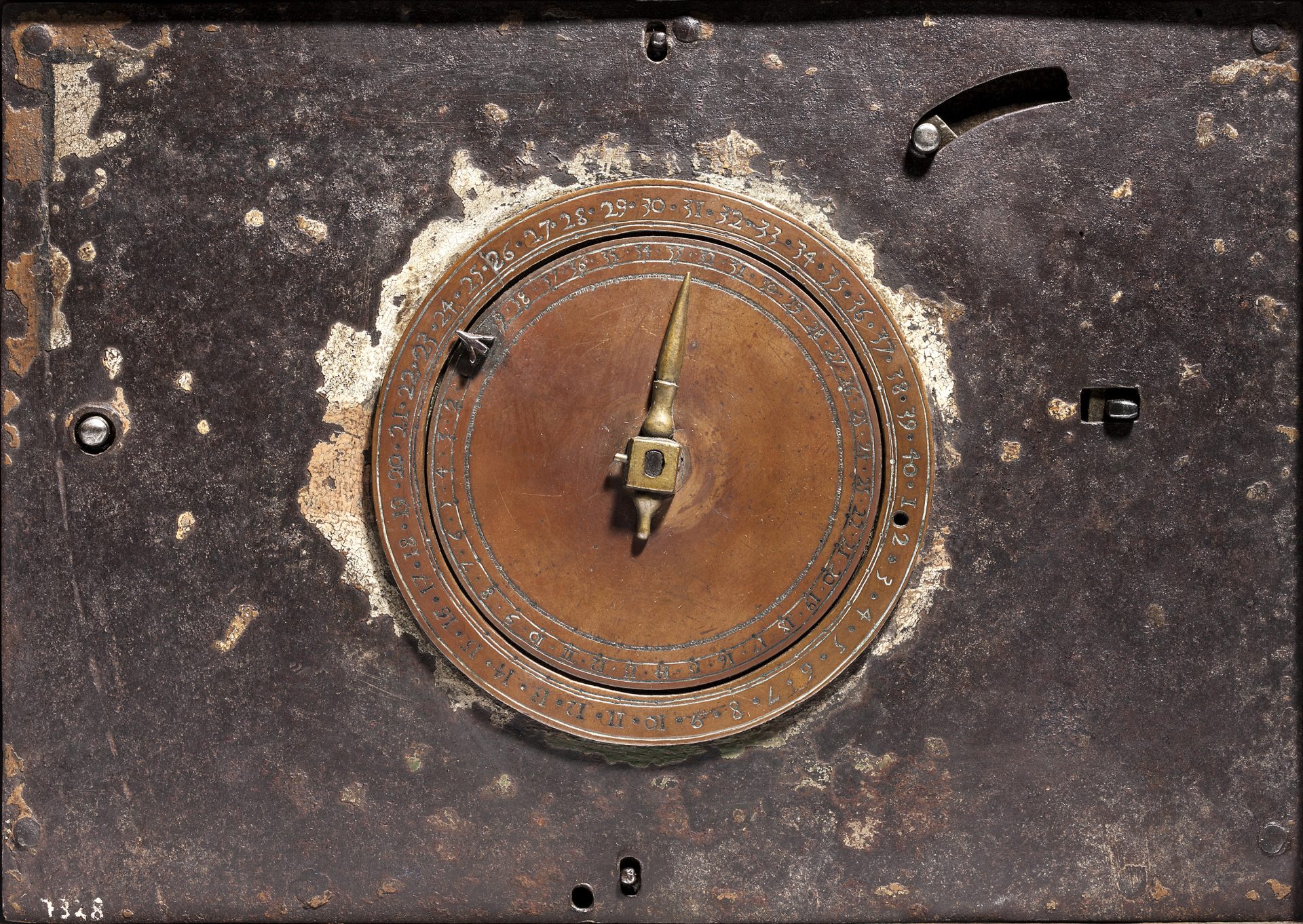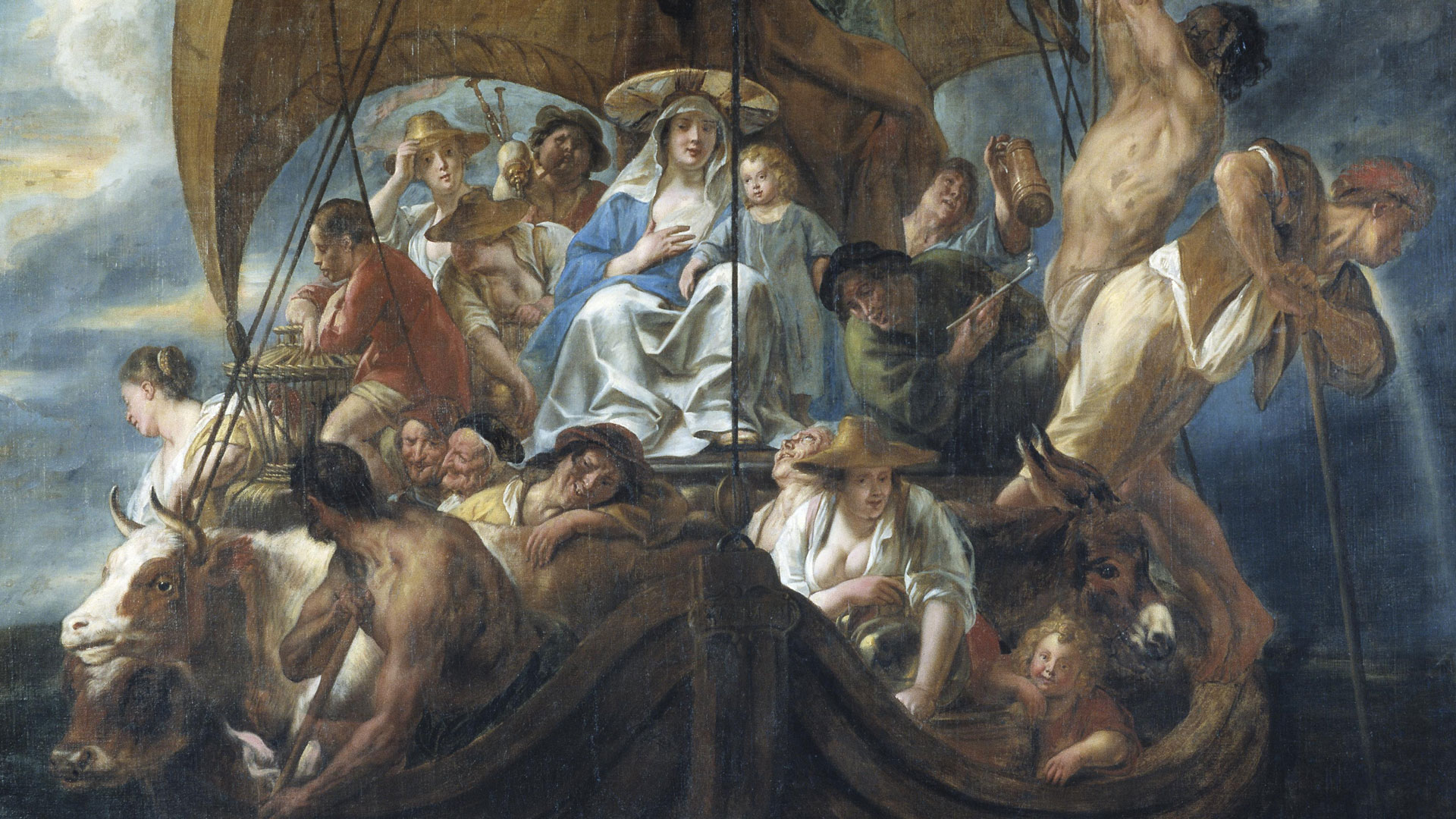
Skokloster Castle’s Collections
The castle contains everything from world famous paintings to everyday objects. There is a large quantity of furniture, craft work, textiles, weapons and books. The largest item is the castle itself. Thanks to our inventory records, letters and accounts, we have good information on who has made, used and admired the well-kept interiors and artefacts.
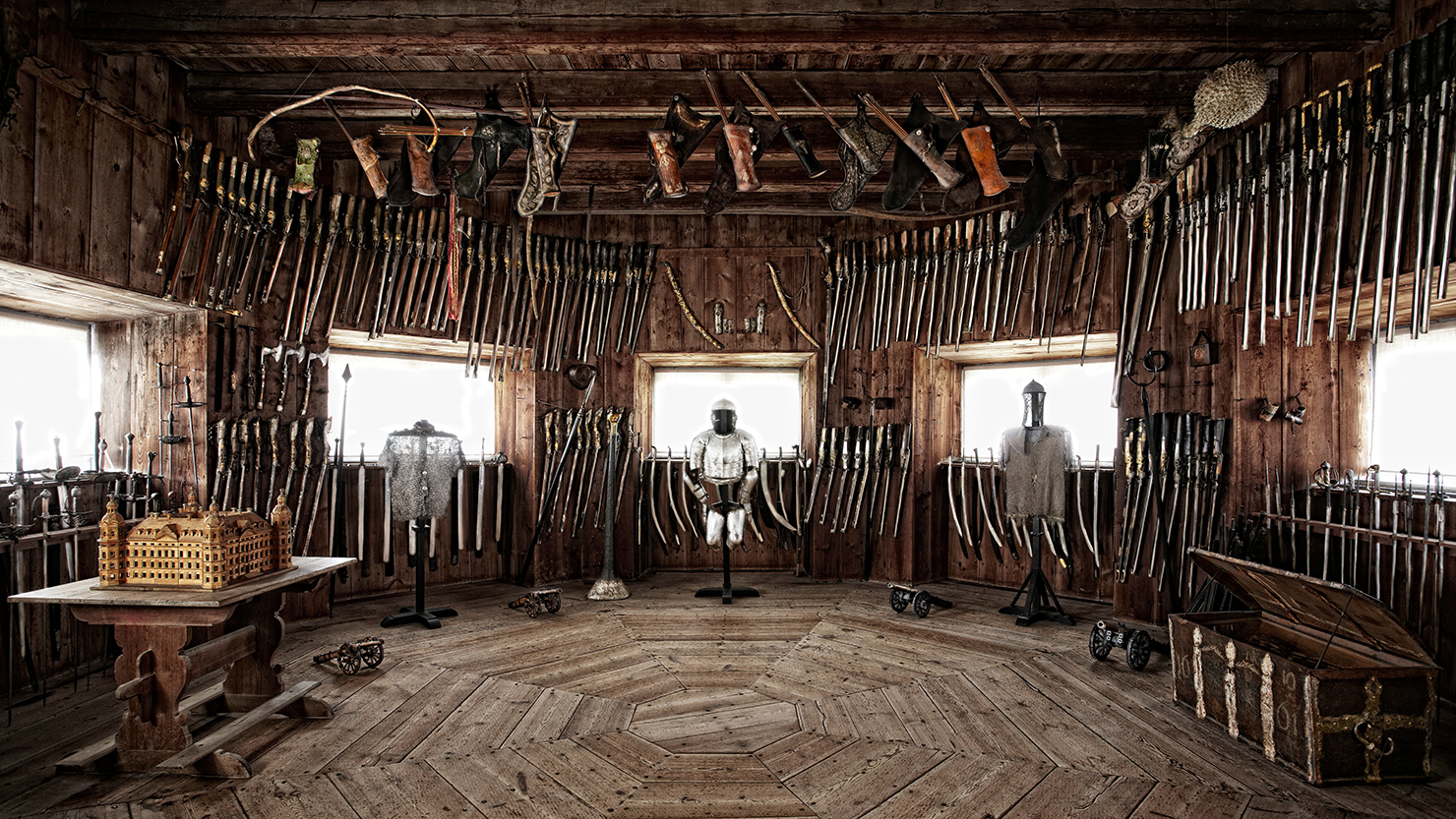
Weapons and Armour
There are four weapon collections in all at Skokloster, the best-known being Wrangel’s armoury. The armouries are on the third floor, in six rooms divided into two units.
The Wrangel armoury was one of the first interiors to be completed in the castle. It consists of three wood-panelled rooms. The panels help to keep the environment as dry as possible, so that the metal does not rust.
The first room contains weapons, as well as some wonderful locks and a South American hammock. The second room is the largest. It has a great many hunting weapons, as well as several suits of armour standing on the floor. The third room, the tower room, has mainly spoils of war and trophies.
Opposite Wrangel’s armoury, there are a further three rooms with weapons and armour. Abraham Brahe established his own armoury at the beginning of the 18th century. Over the course of time, Brahe’s armoury grew with items inherited from the Bielke family and the purchase of Lorentz Billing’s armoury.
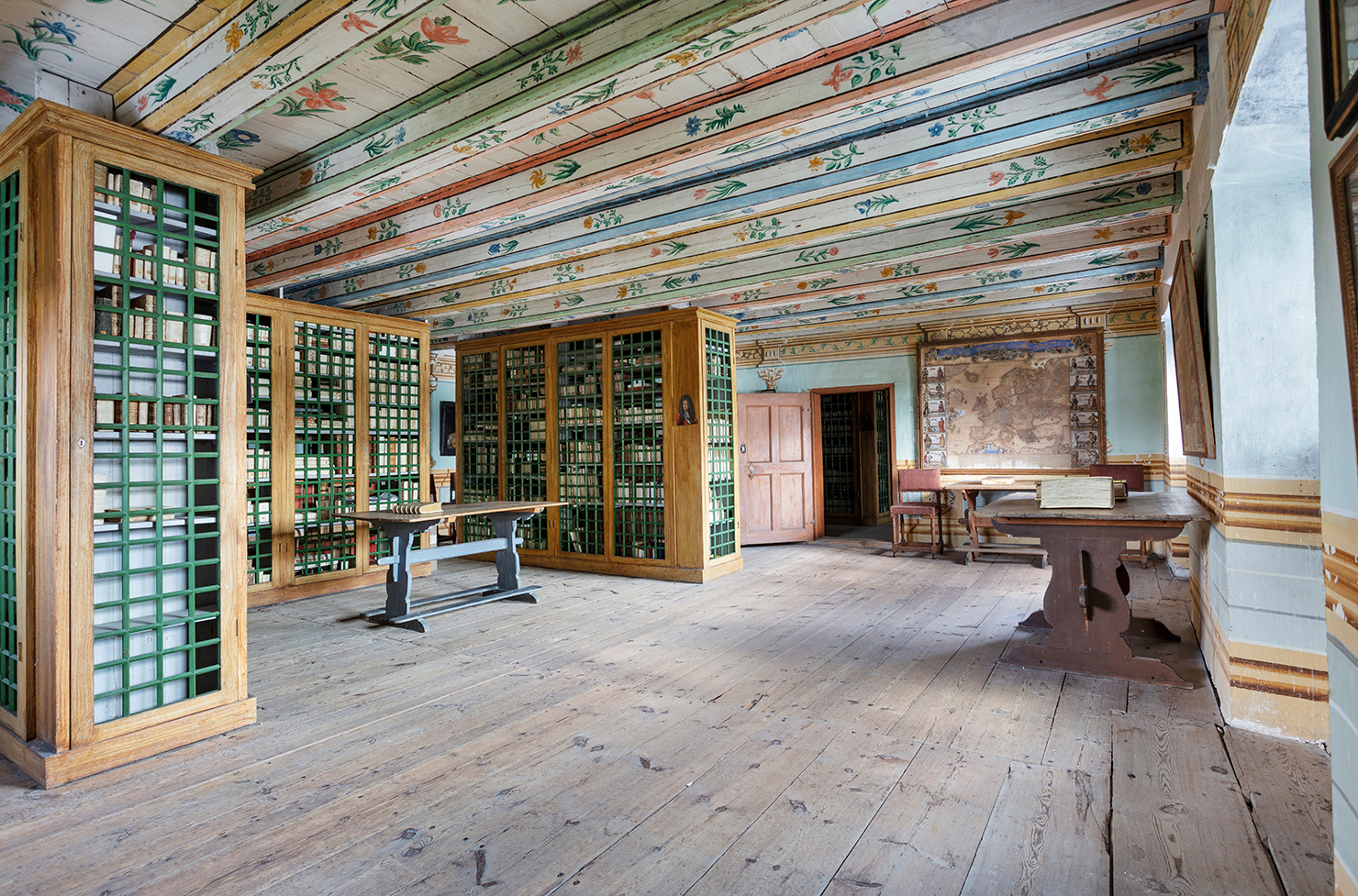
The Library
Skokloster Castle’s library is on the top floor on the eastern side of the castle, with a view over Lake Mälaren. The libraries of seven noble families are now found here. Carl Gustaf Wrangel began his book collection in the castle in the mid 1660s. At the time of his death in 1676, the collection numbered about 2,400 books.
In the mid-18th century, the collection grew further when the library of Salsta Castle north of Uppsala was moved to Skokloster. Before his death in 1754, Count Carl Gustaf Bielke decided that Erik Brahe, previously married to Bielke’s granddaughter Eva Catharina Sack, should take over his large book collection. This contained books collected by various branches of the Bielke family since the 16th century, including a great deal of fiction and a large collection of printed funeral sermons.
In 1800, another bequest enlarged Skokloster library when Ulrik Scheffer’s library from Store Ek in Västergötland was brought here. Ulrik Scheffer was married to Erik Brahe’s widow Stina Piper.
Today, there are almost 30,000 volumes in the collection. Almost all the books have been catalogued since the state bought Skokloster Castle. As well as book titles, the catalogue includes information about bookbinding, illustrations and former owners.
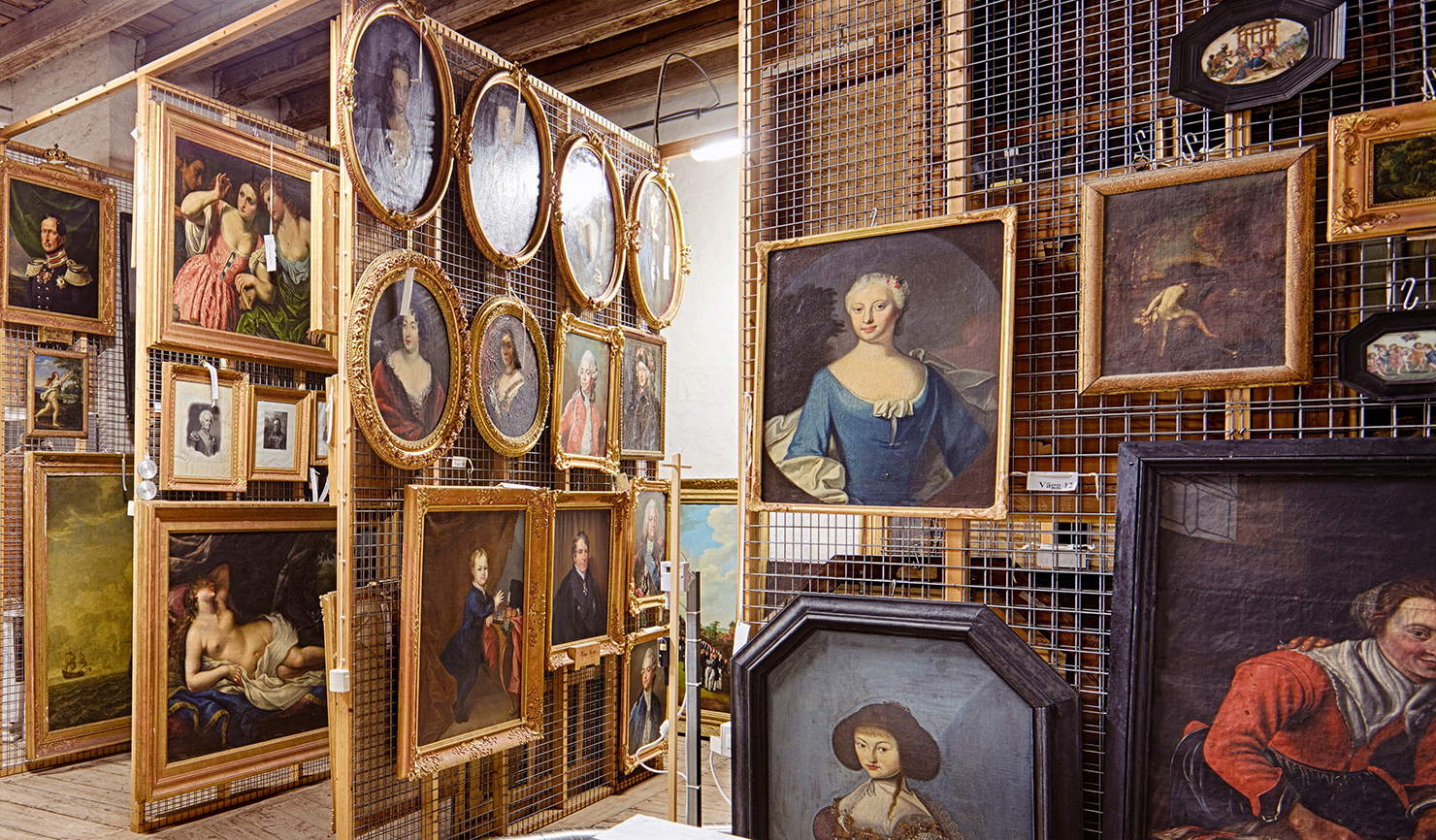
The Art Collection
Pictures hang everywhere in Skokloster Castle. There are over 1,000 paintings in the castle. The great majority of the paintings are portraits. Otherwise, there are landscapes, historical paintings, still life, genre pictures and allegories.
Several major artists of the 17th century are represented. For example, Carl Gustaf Wrangel employed two skilled portraitists: David Klöcker Ehrenstrahl and Matthäus Merian the younger. The 18th century is represented by Gustav Lundberg and Alexander Roslin, among others. Olof Södermark and Fredrik Westin are among the 19th century portraitists.
The last portrait added to the collection by the von Essen family was a portrait of King Gustav VI Adolf, painted by Kurt Jungstedt in 1961.
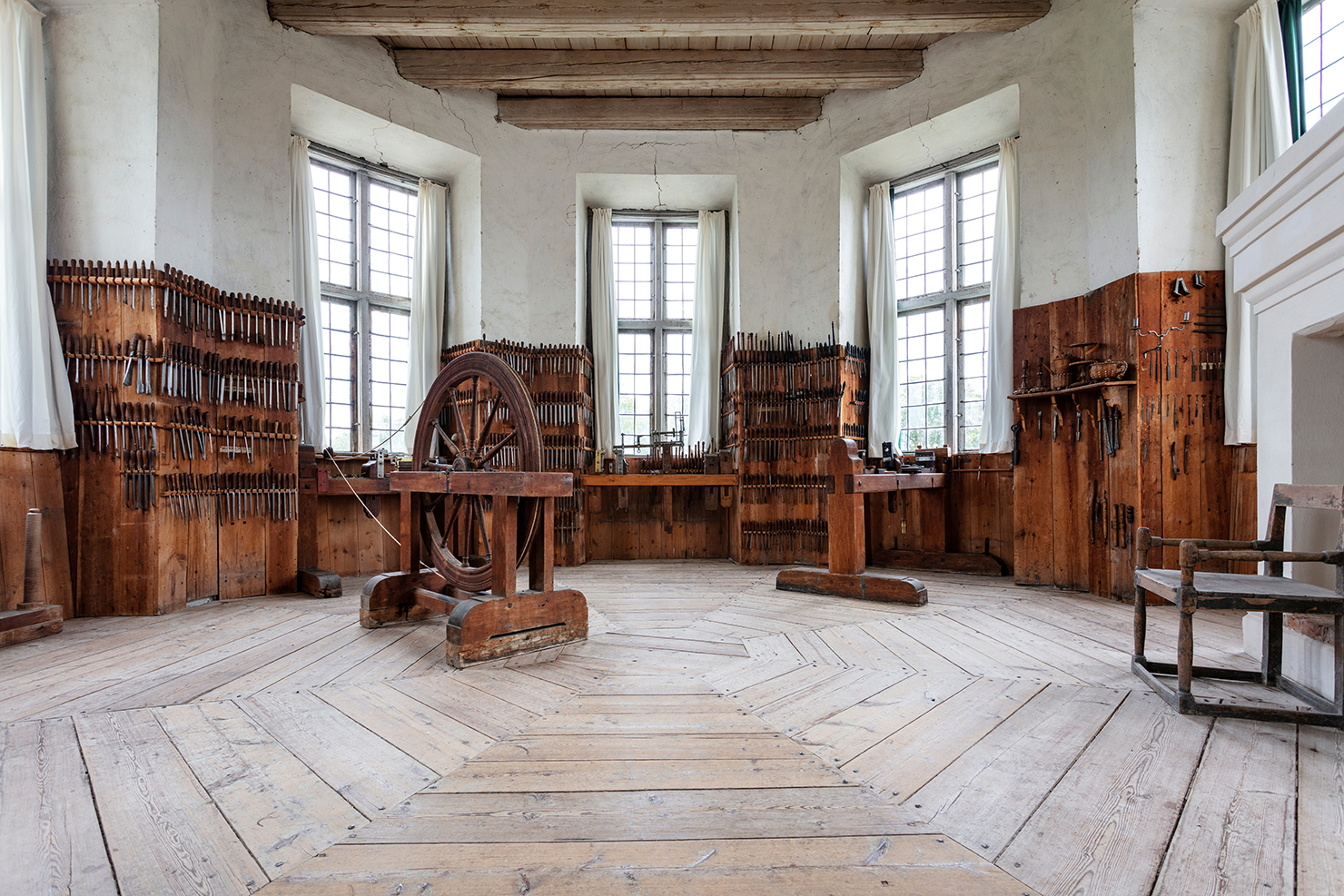
Wrangel’s Lathe Chamber
When Carl Gustaf Wrangel created his lathe chamber at Skokloster Castle in 1673, he was following a royal tradition from the continent. Some years previously, his son in law, Nils Brahe, had bought a lathe and tools in Stockholm. They had been made by Johan Kesmaker, who was a smith for the fleet. Wrangel went to the same supplier and bought two lathes and a quantity of tools.
The castle also has an impressive collection of Dutch woodworking tools, such as planes, saws, chisels and drills, among other things. Most had been bought by Wrangel in 1664 and delivered from Amsterdam. Together with tools that were bought at an auction after Johan Oxenstierna at Rosersberg, these make up the Skokloster Castle lathe chamber.
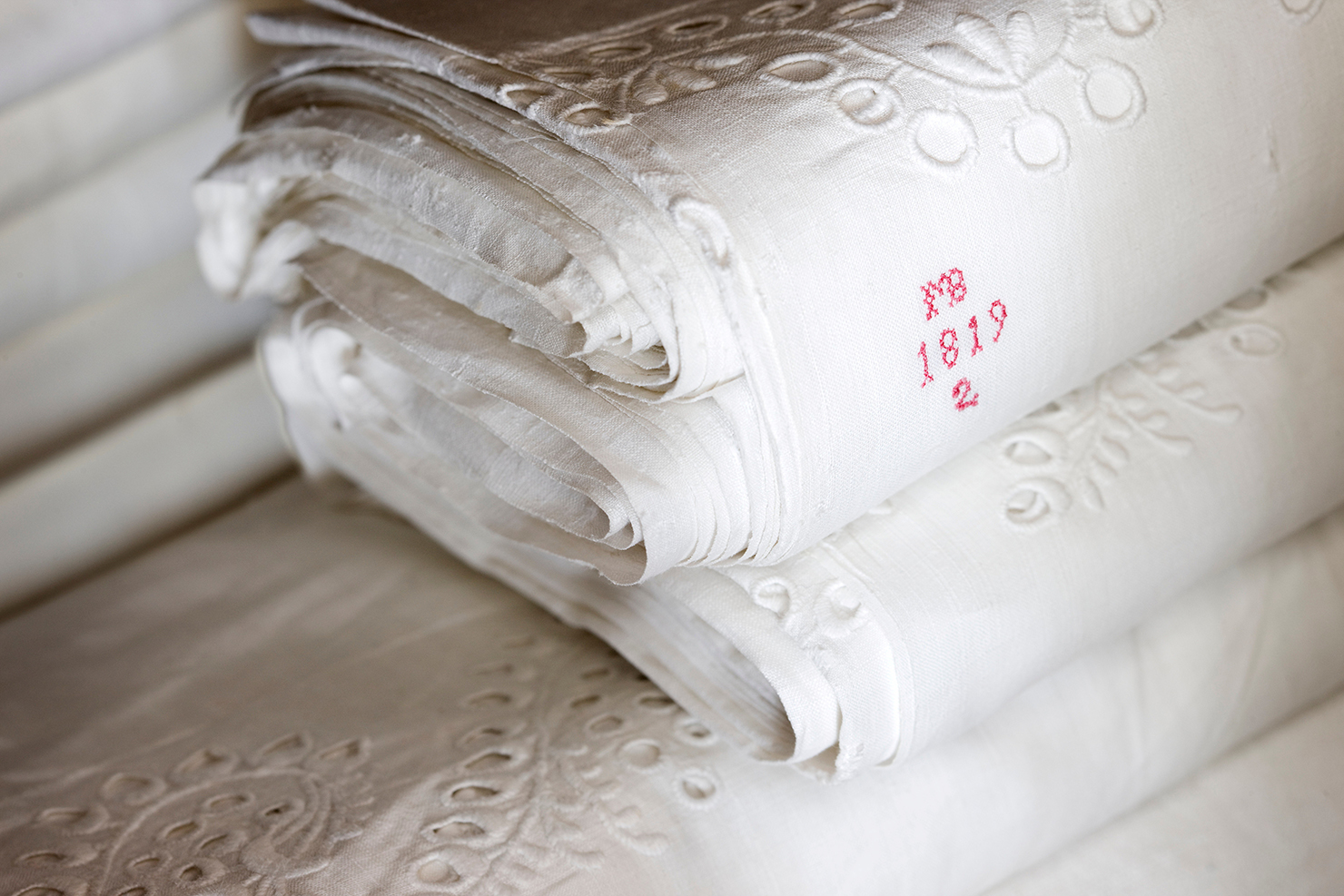
Textiles
The Skokloster Castle collection of textiles gives a good impression of what was in the home of a well to do European in the great power period and baroque. There are many items from the 17th century, but the collection contains textiles from the late 16th century to the start of the 20th century, added by the castle’s owners at different times.
Most are textiles that have been used in the décor of various rooms of the castle, such as woven tapestries, furniture upholstery, bedclothes, covers, curtains and oriental rugs. The textile collection also includes clothing, including waistcoats, coats, religious costumes, uniforms and riding costumes. There is also a rich collection of linen, including tablecloths, napkins, sheets and towels.
From the inventory records, we can see that many textiles remain in their original context, while others have been moved around different rooms in the castle. Some textiles are now kept in store since they no longer suit the rooms as they are now furnished.
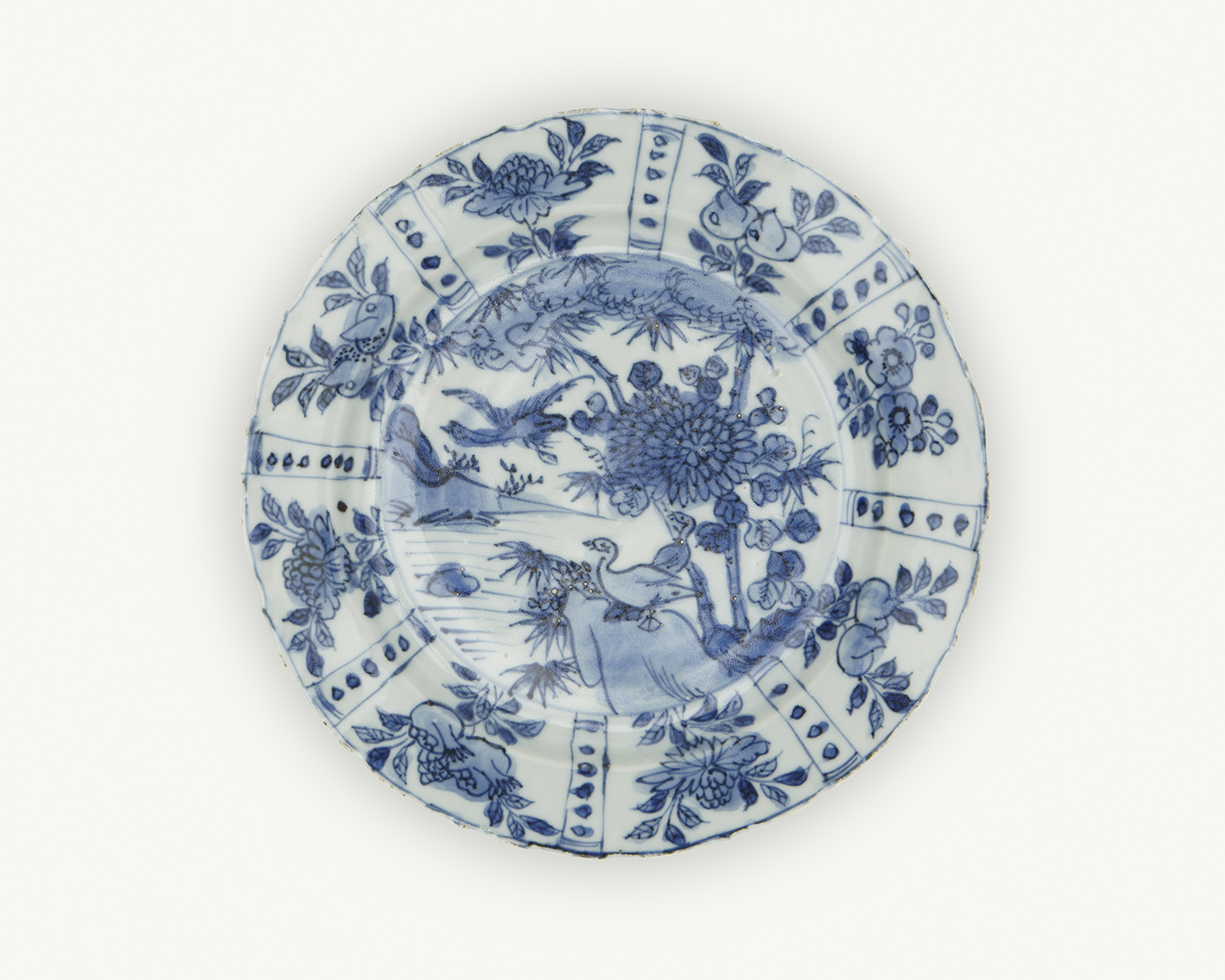
Craft and Utility Articles
Thousands of items in the castle could be described as craft. Some of them have been used as utility articles, while others were status objects.
The utility items include faience table services from the 17th century, Chinese porcelain of the 18th and 19th century and bone and flint china from the 20th century. There are dressing-table sets from the 18th to 20th centuries. Many items come from famous manufacturer such as Meissen, Sèvres, Rörstrand, Marieberg, Gustavsberg and Kongl. Dansk. Glassware from the 19th and 20th century was in use until 1967, while four remmare white wine glasses from the 17th century were only for show.
Search the Collections
Our collection is digitized, and we are constantly working to enrich the information about our objects and to increase the number of images. You can search among the images and objects already available in our online database. All information is free to use, and most of the media is licensed under open Creative Commons licenses. Some images depict copyright-protected works; through an extended collective license agreement with Bildupphovsrätt in Sweden (BUS), the National Historical Museums have the right to display these images on Search the Collections.
We share the database with the other museums that are part of the National Historical Museums. Therefore, you will find objects from the Economy Museum, the Hallwyl Museum, the Swedish History Museum, the Royal Armoury, Skokloster Castle, the Tumba Paper Mill Museum, and the Swedish Holocaust Museum in the database.
